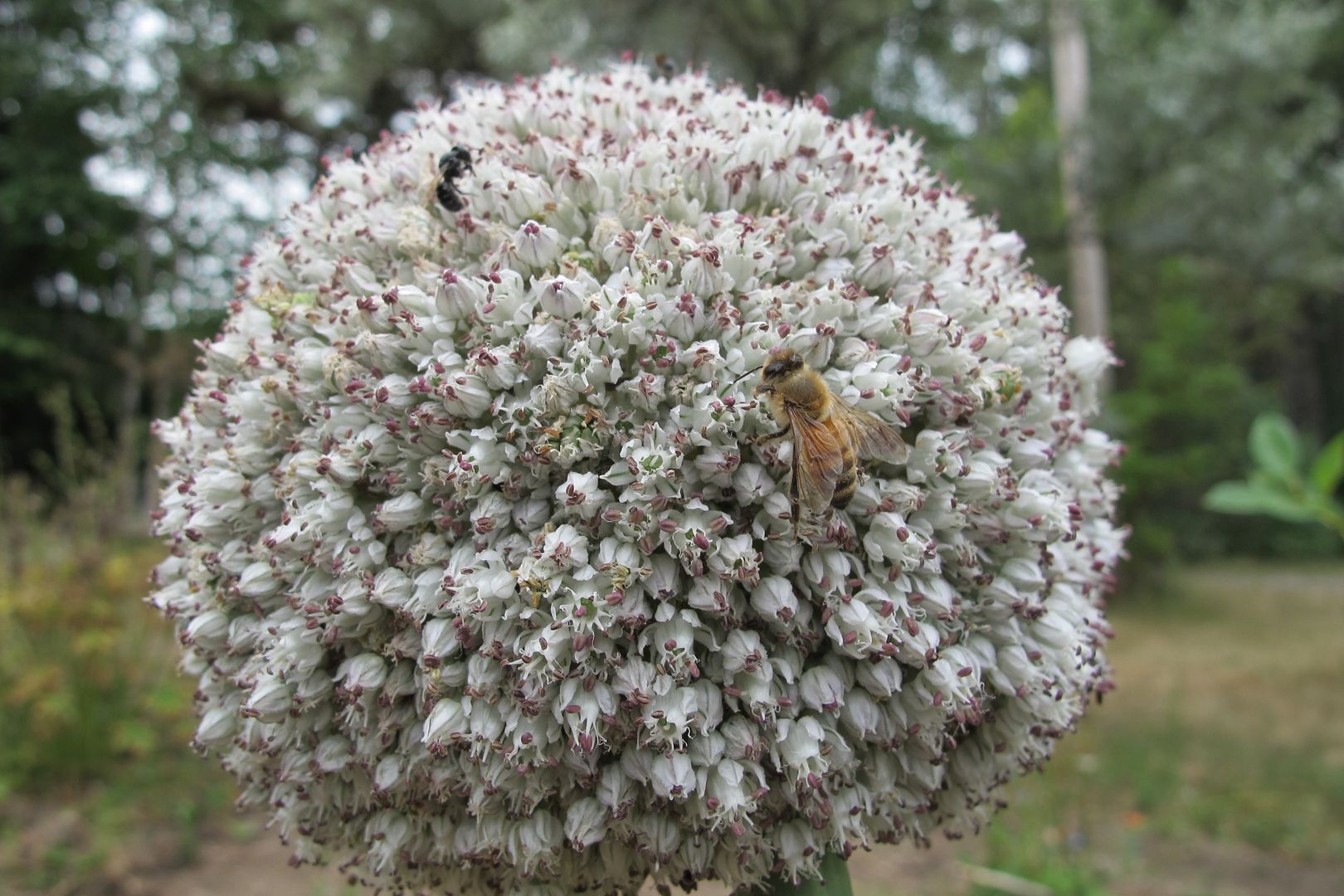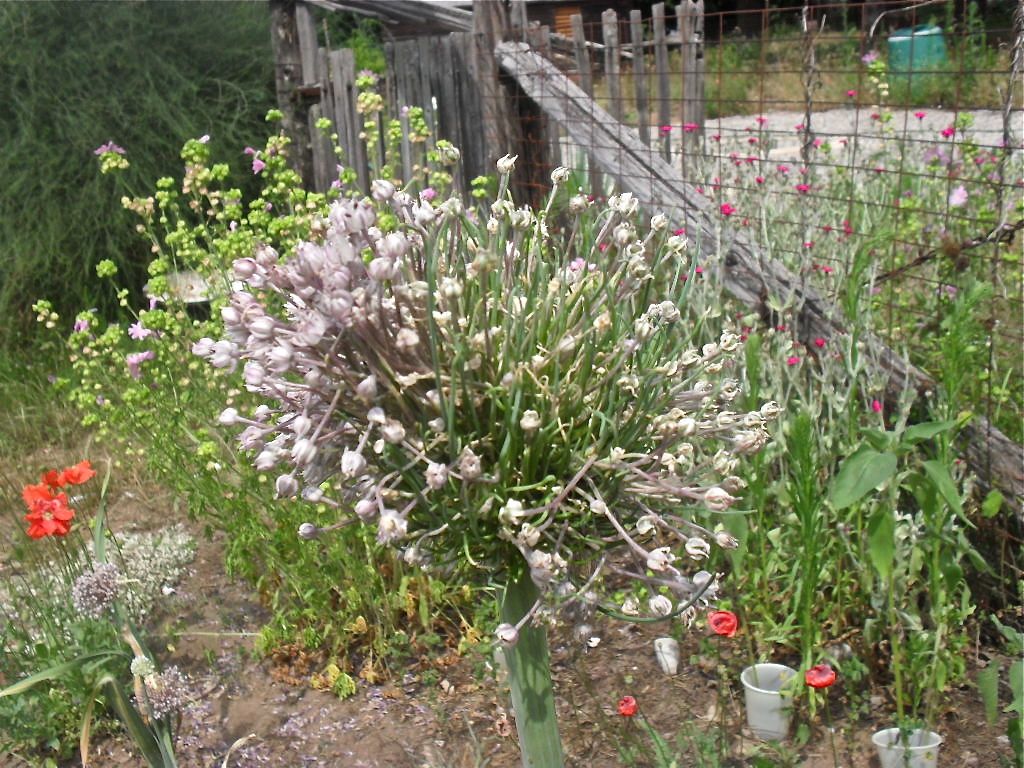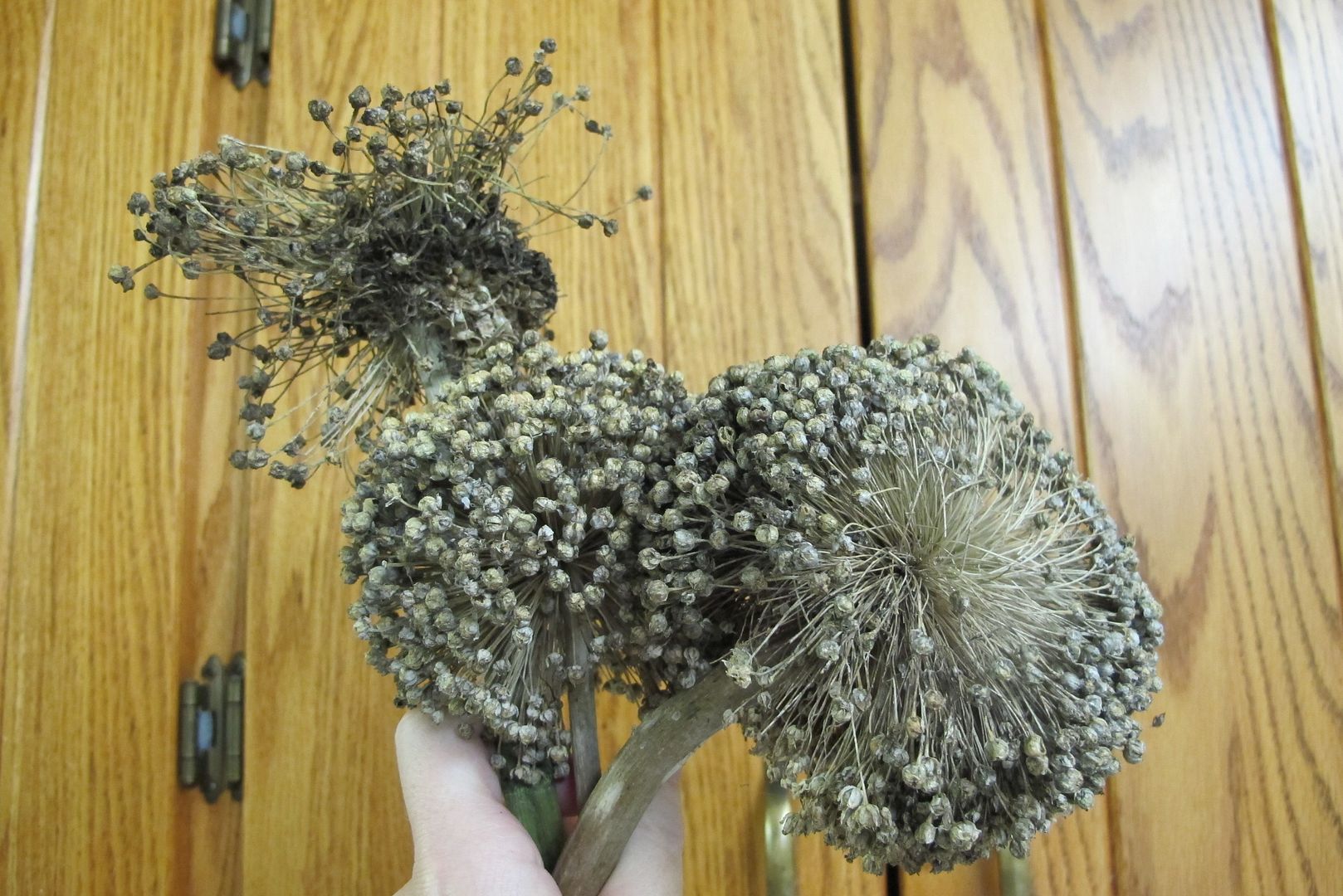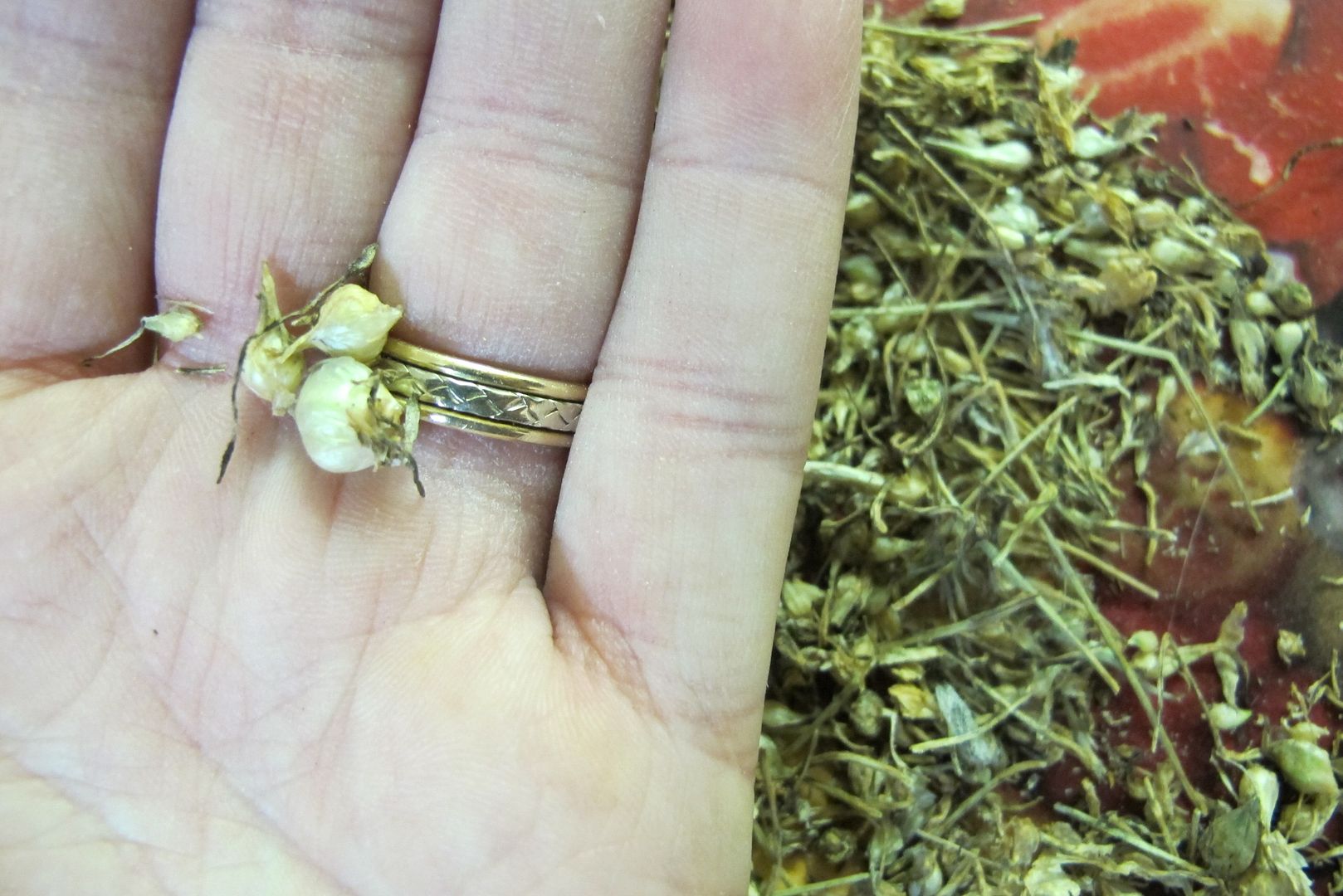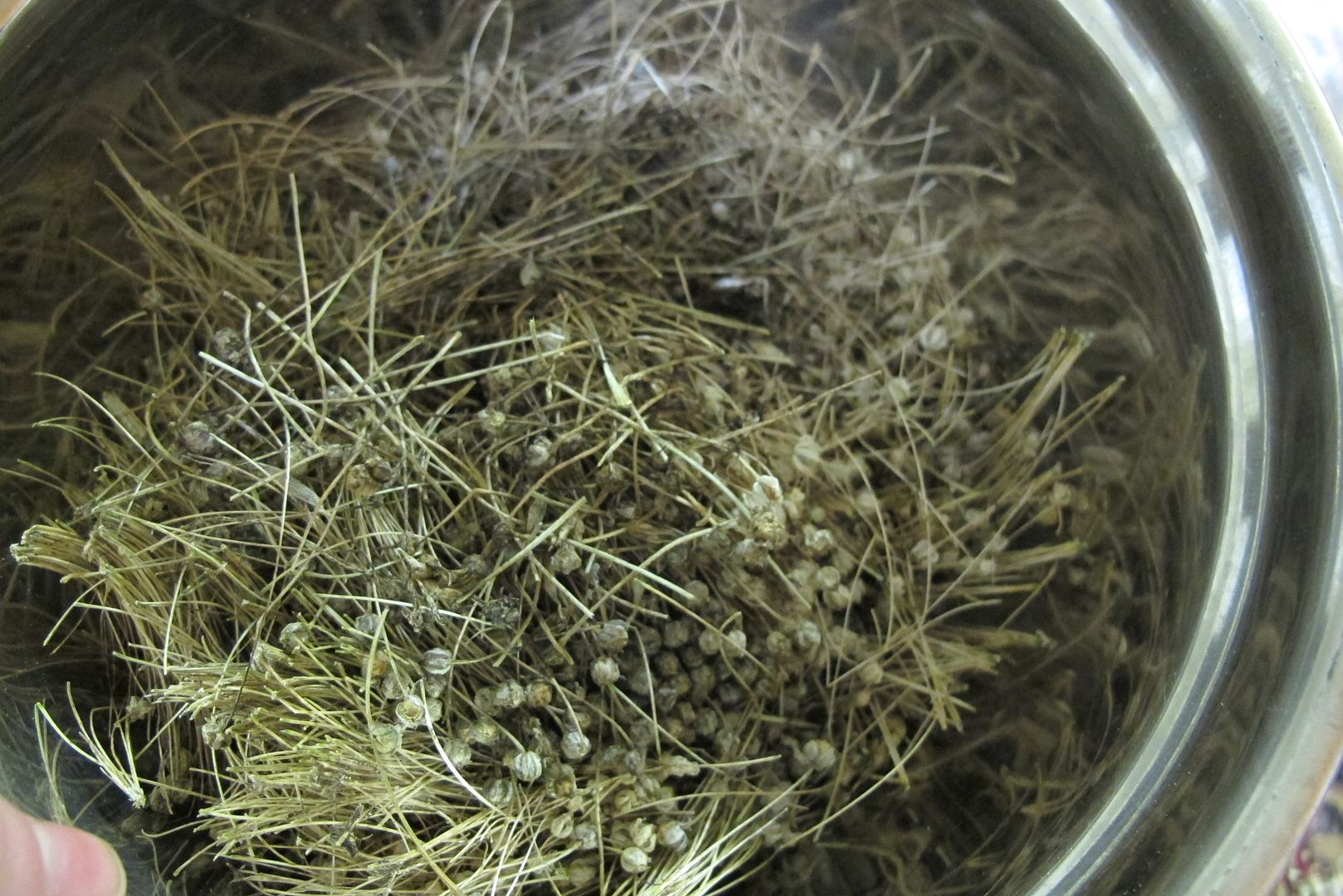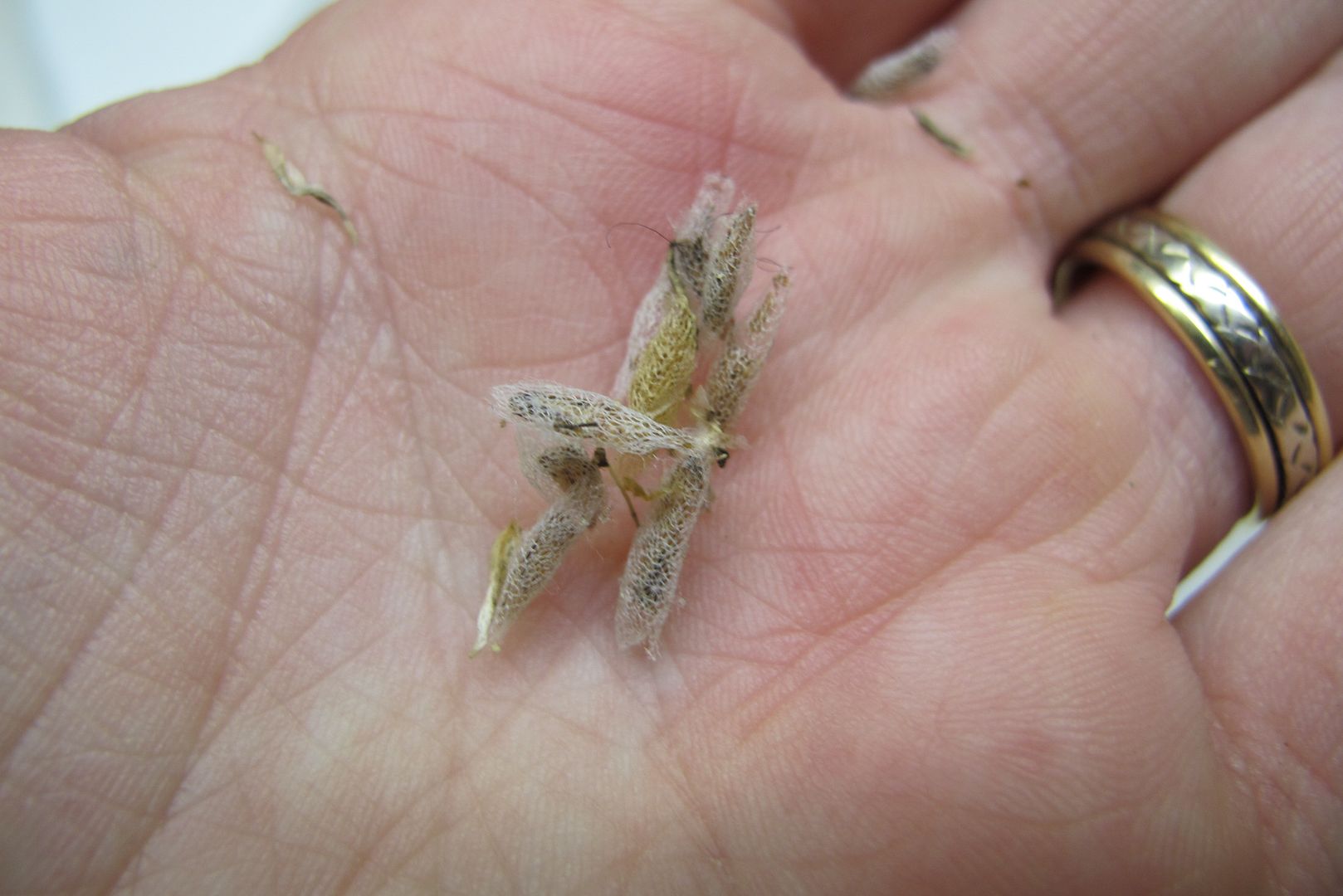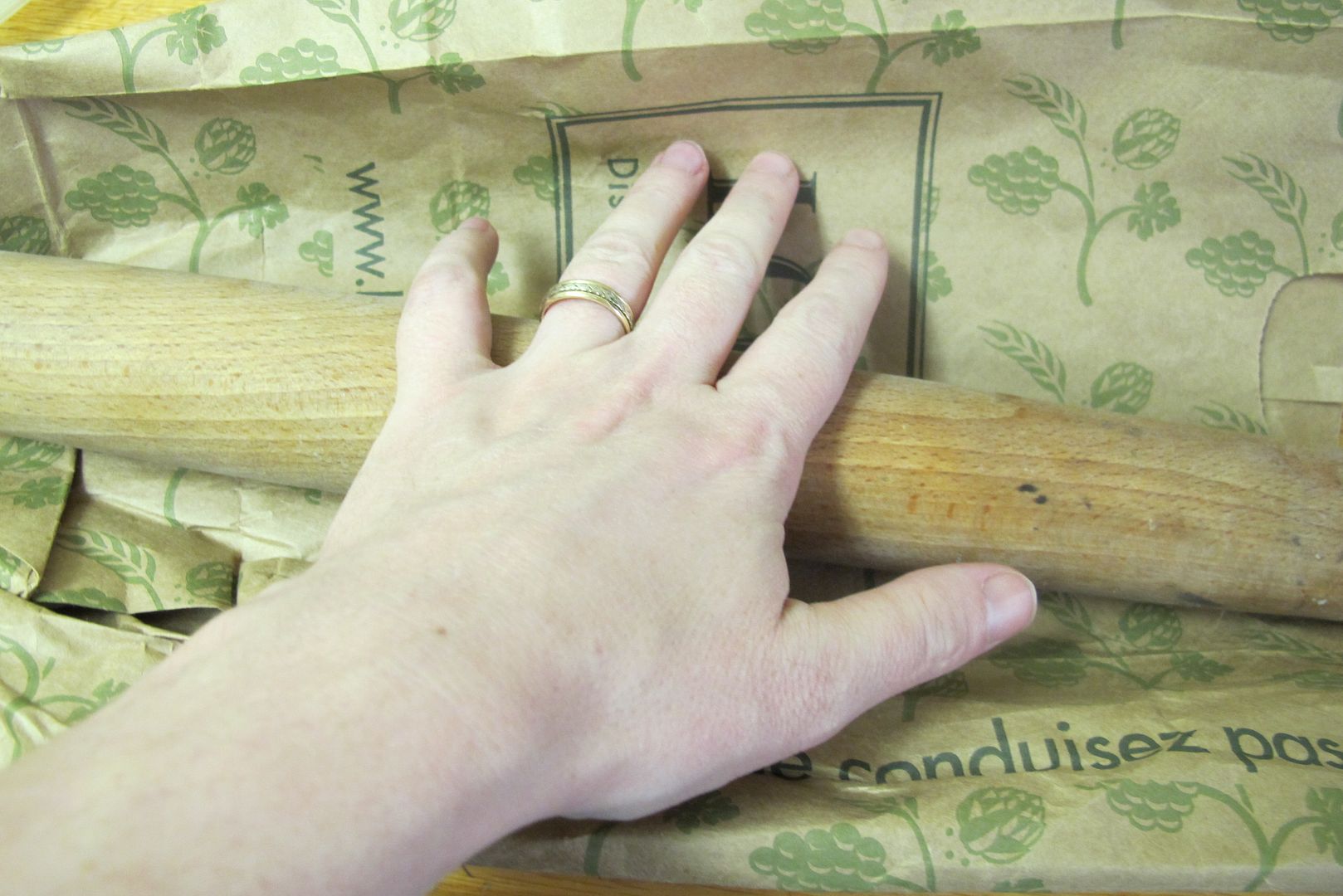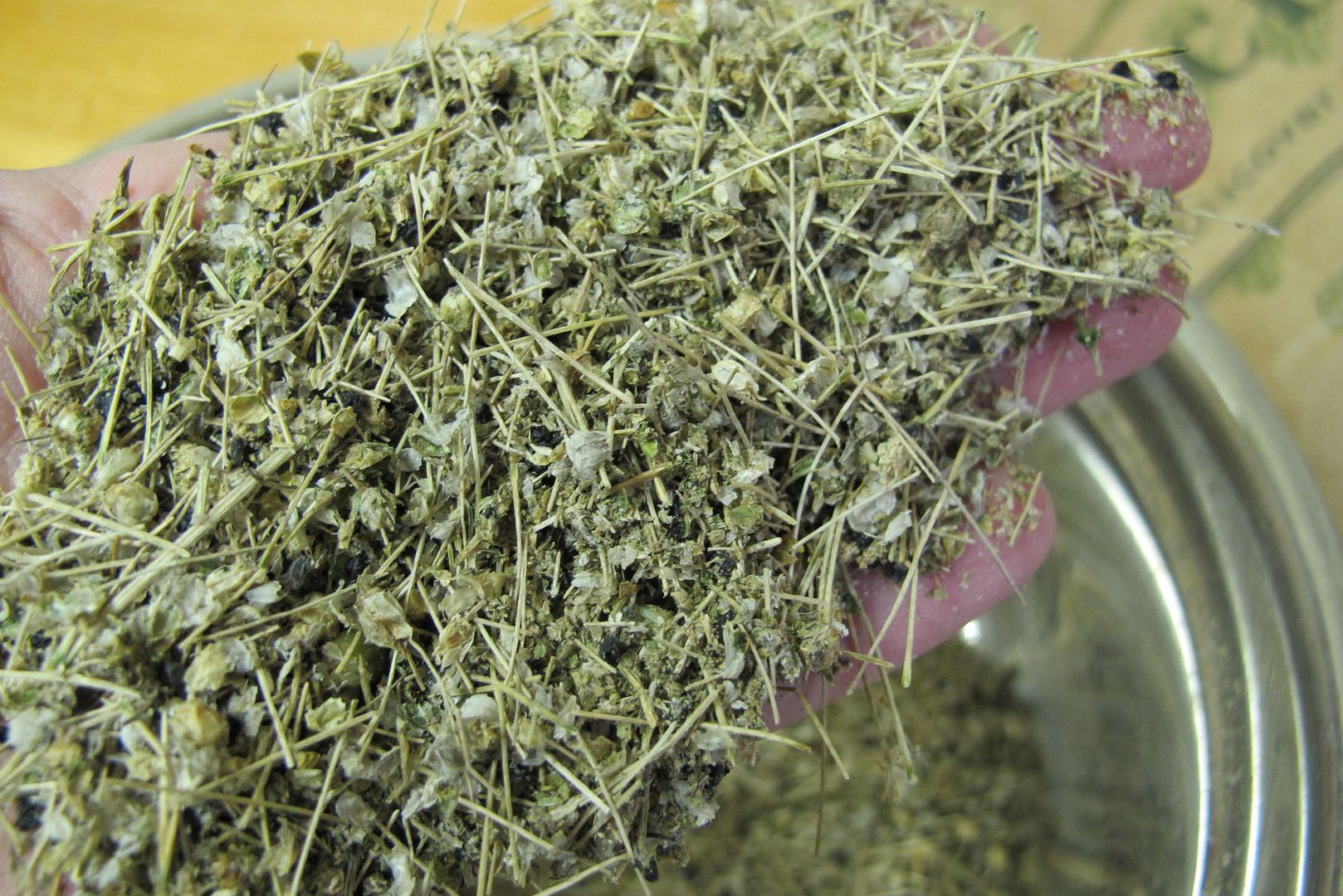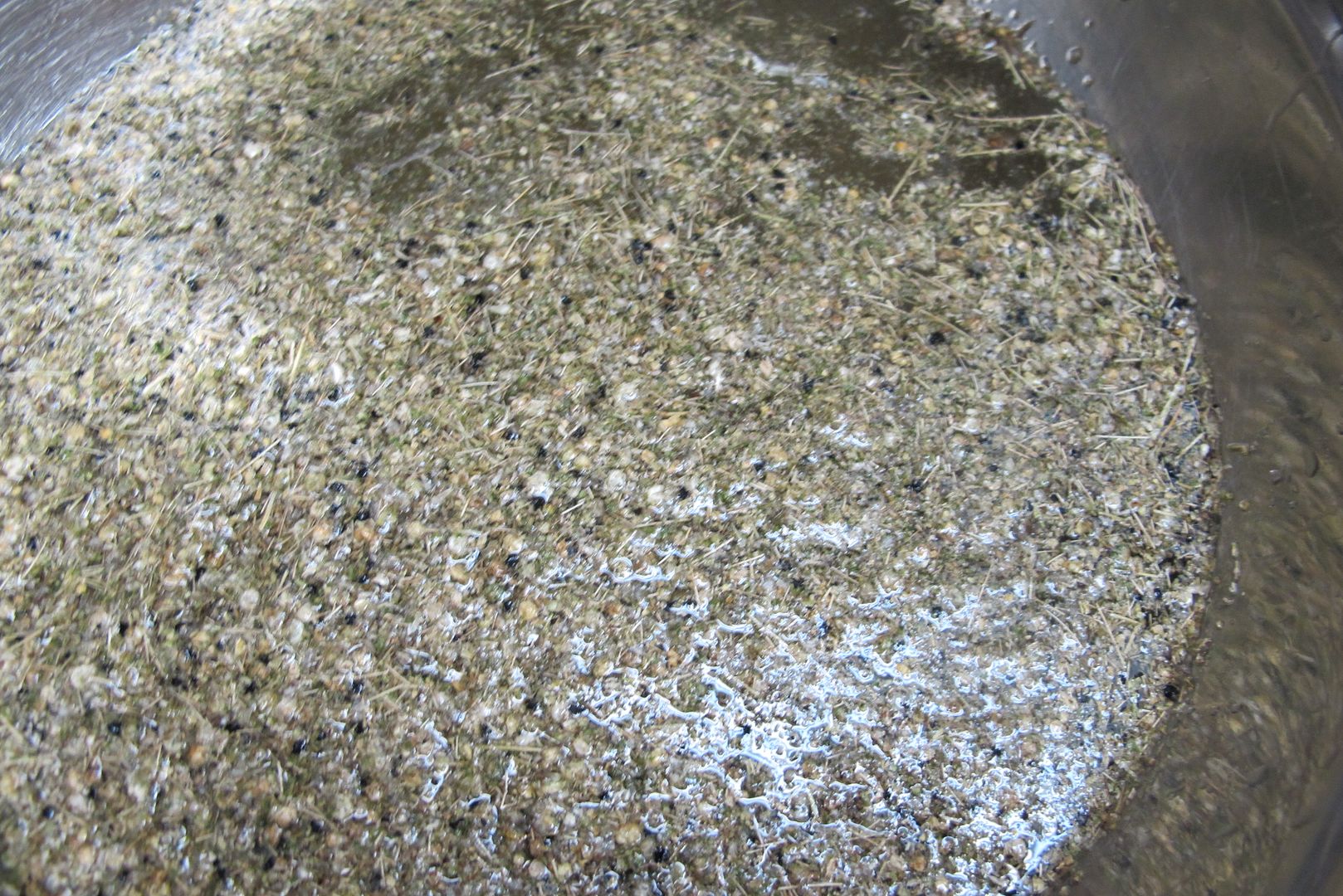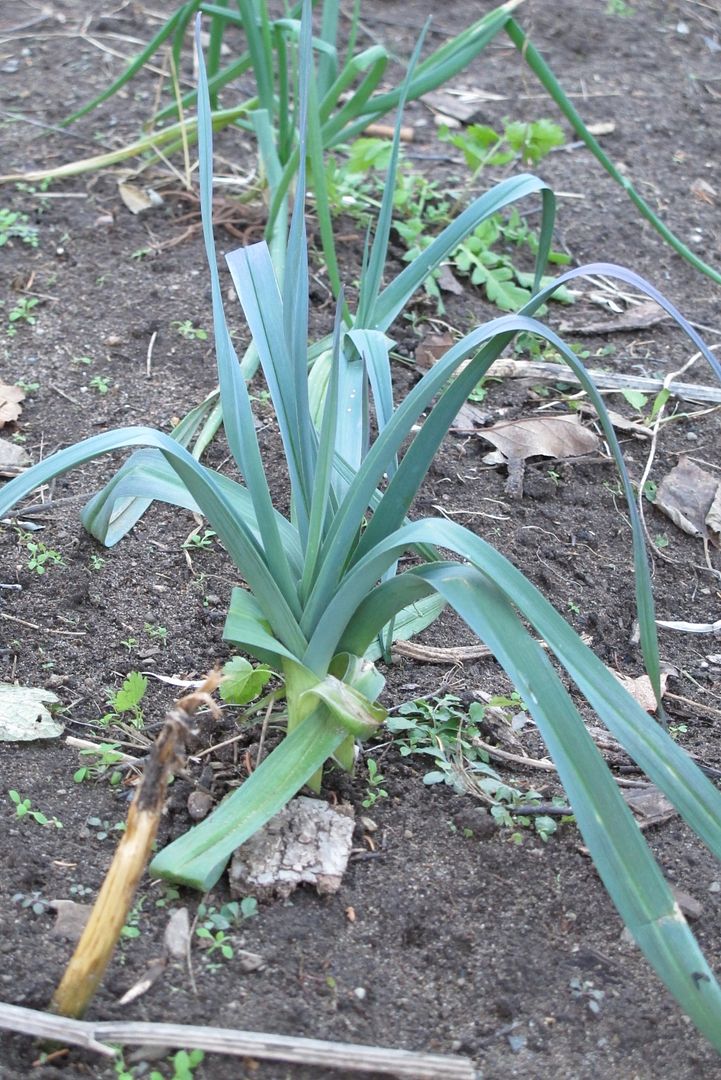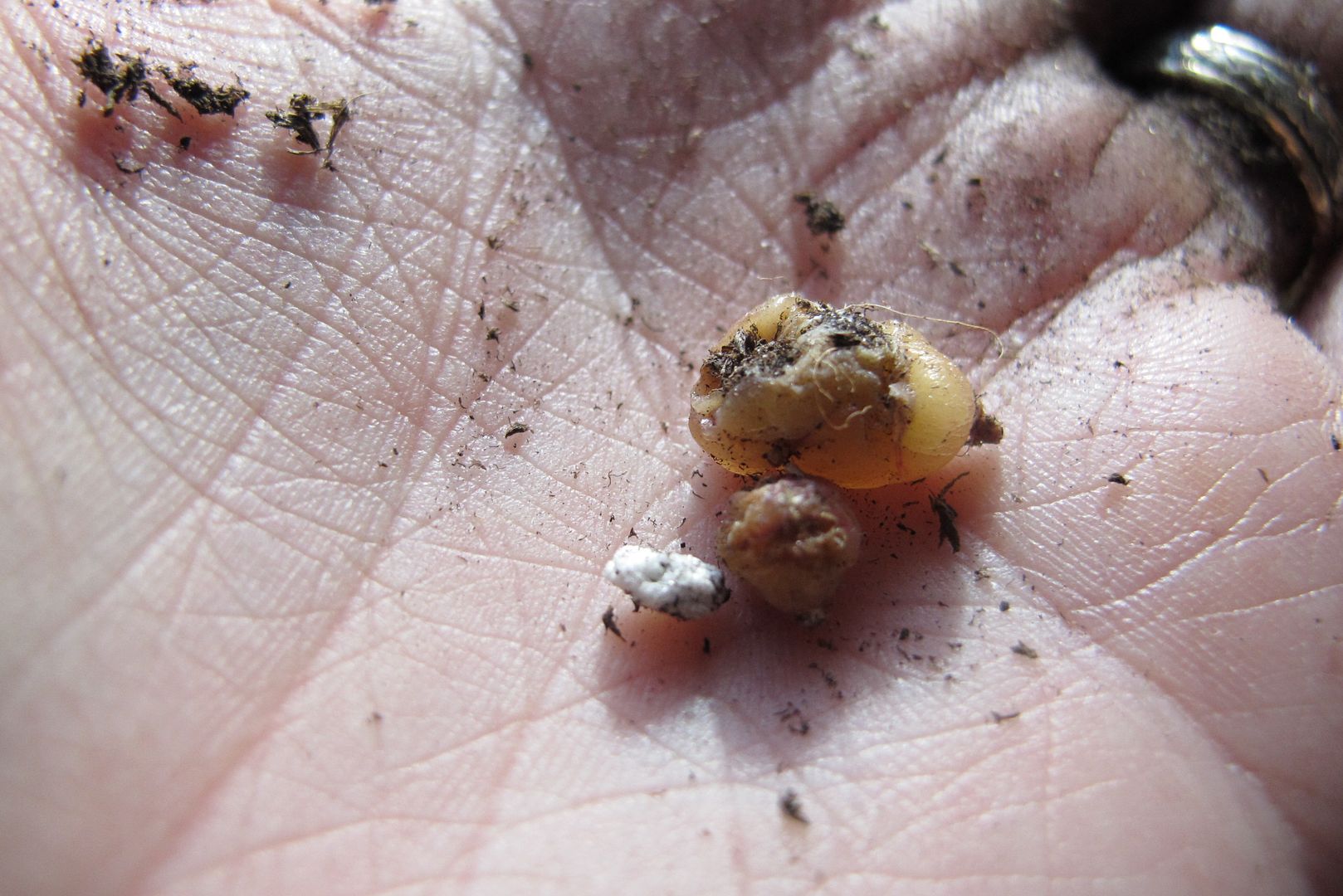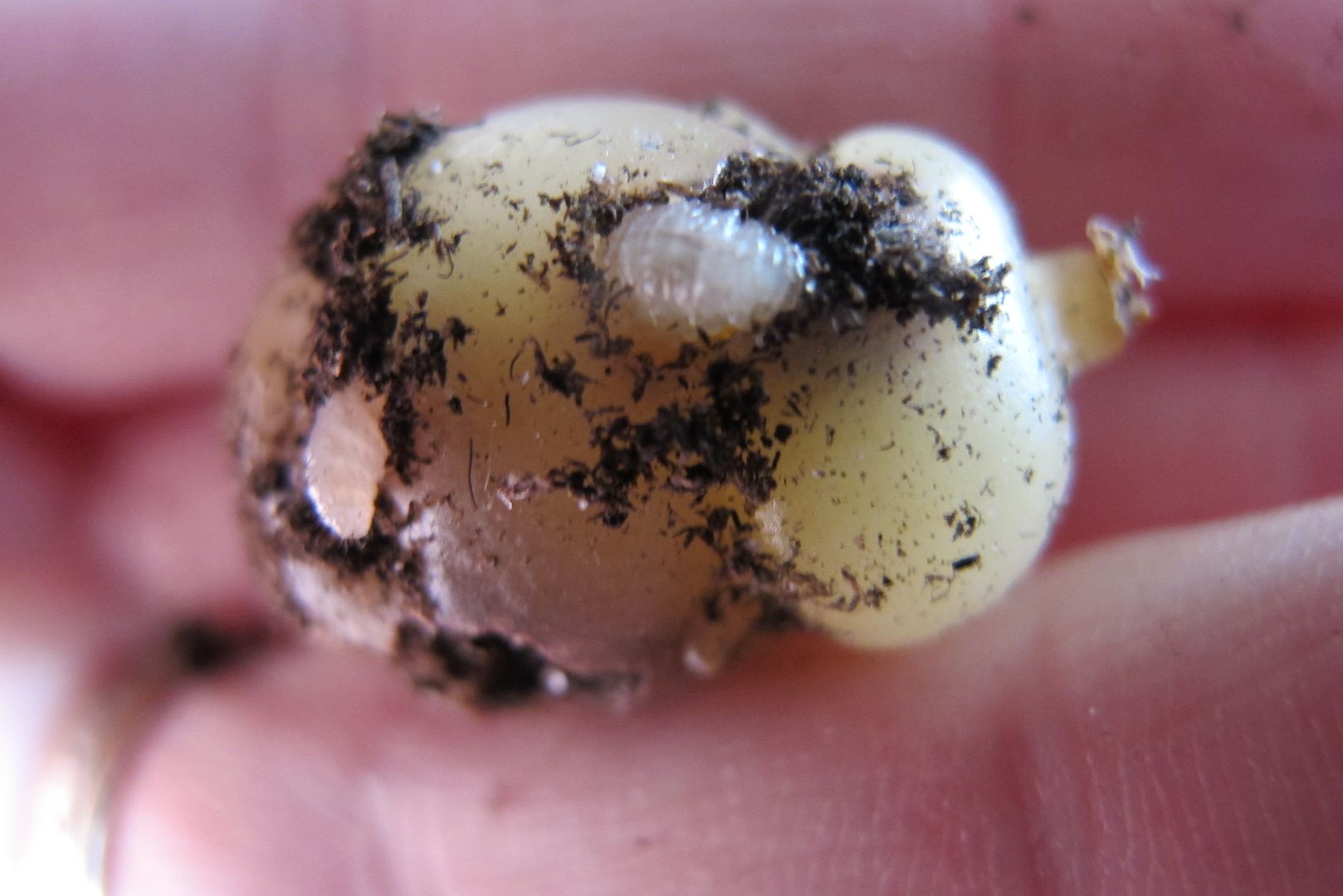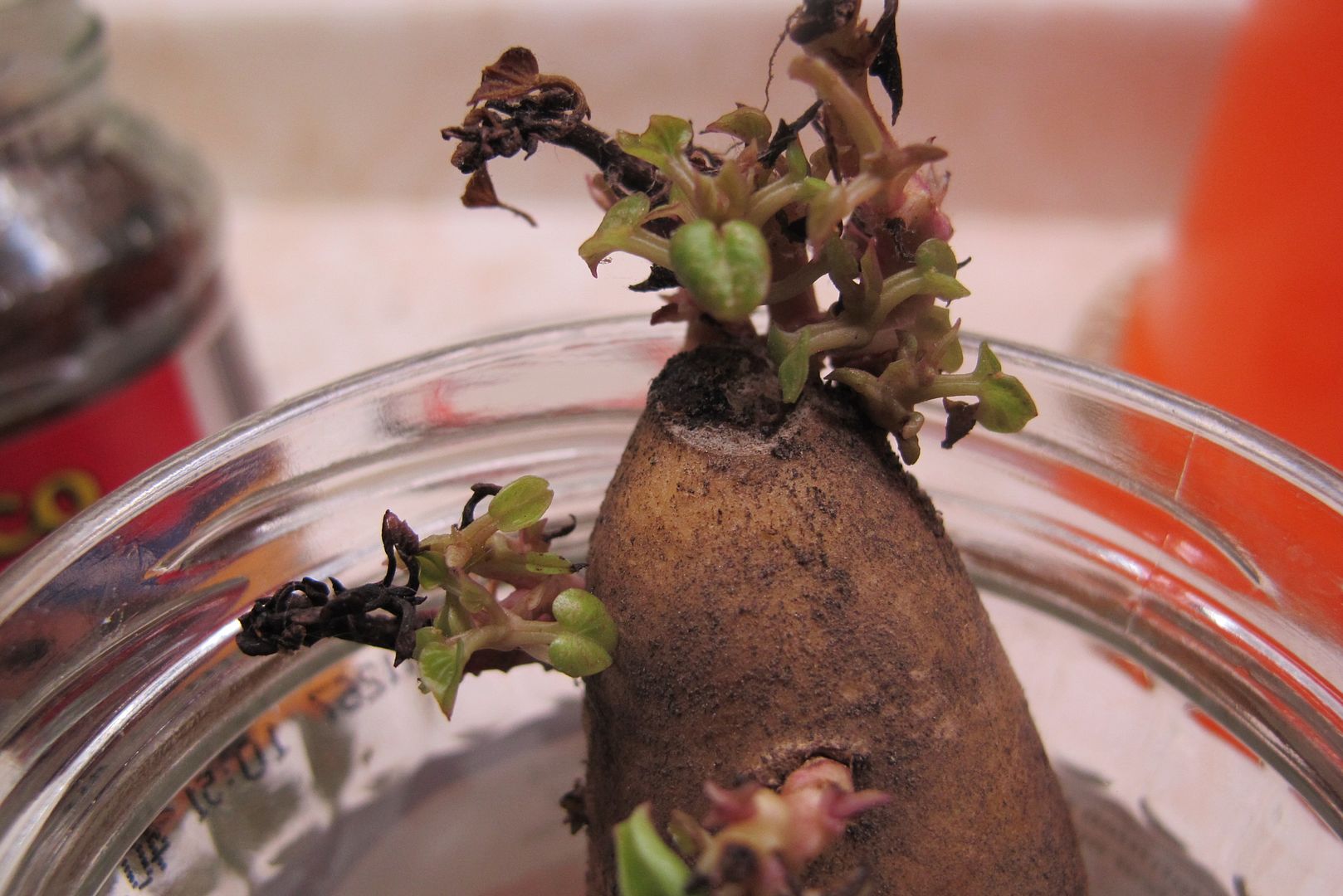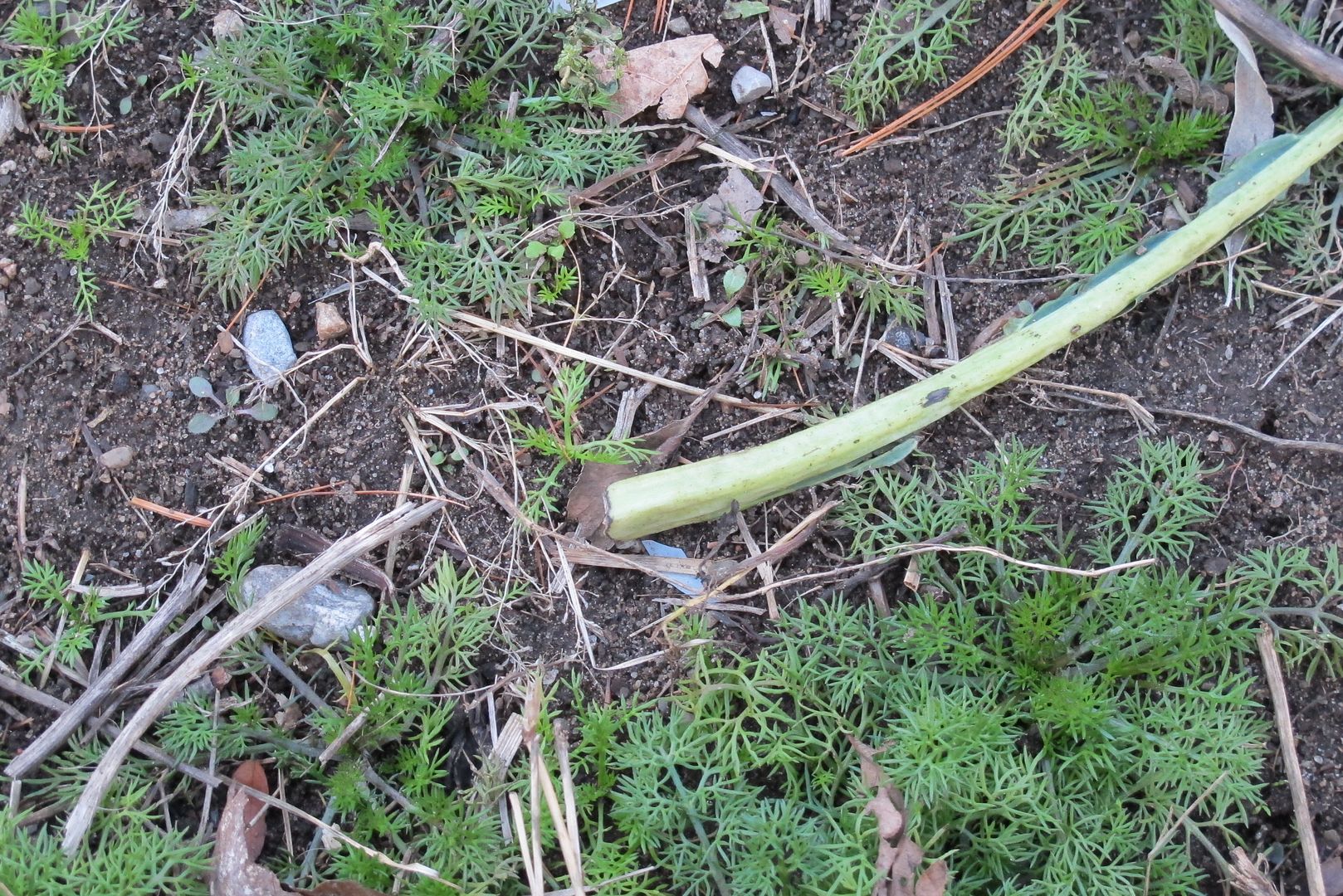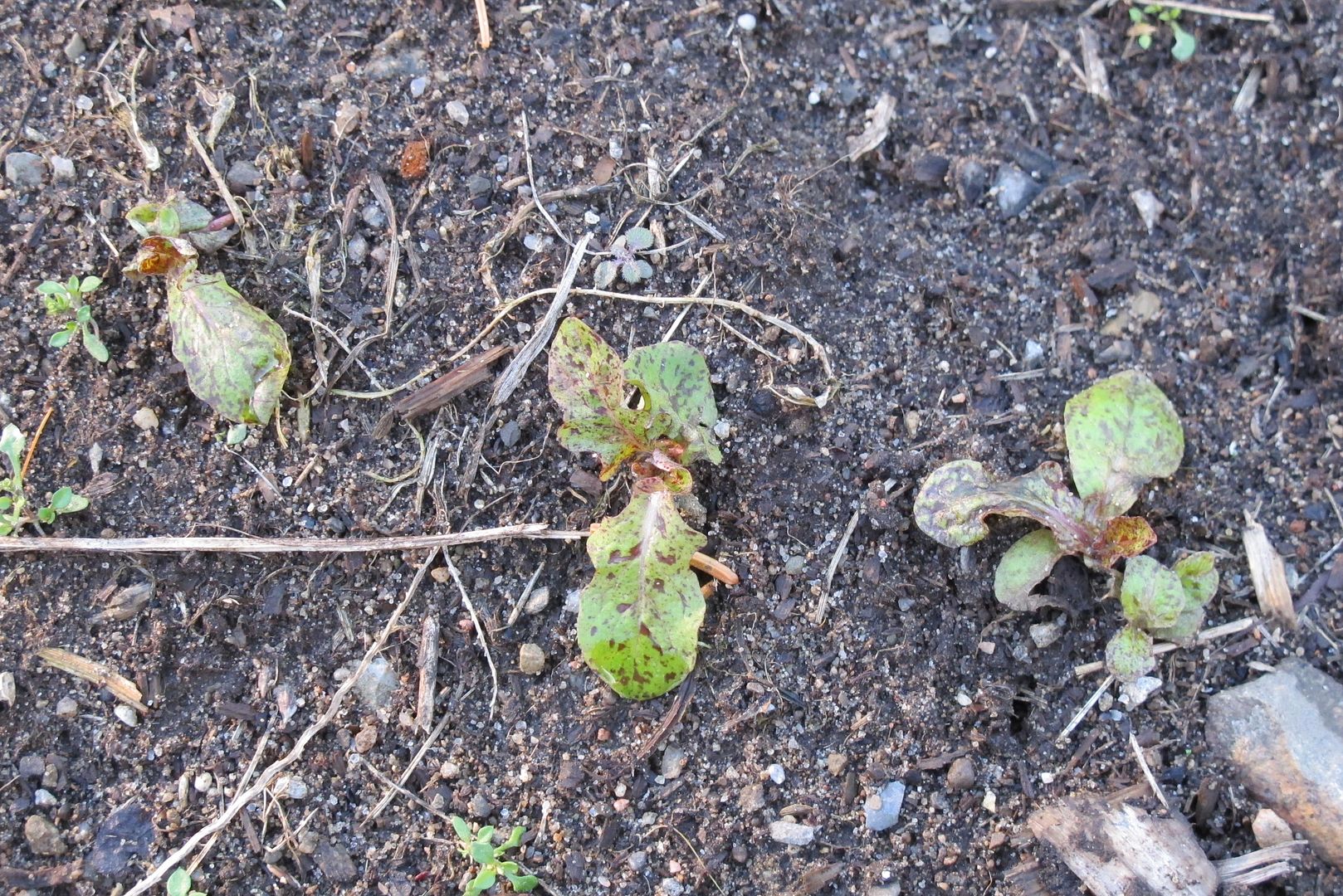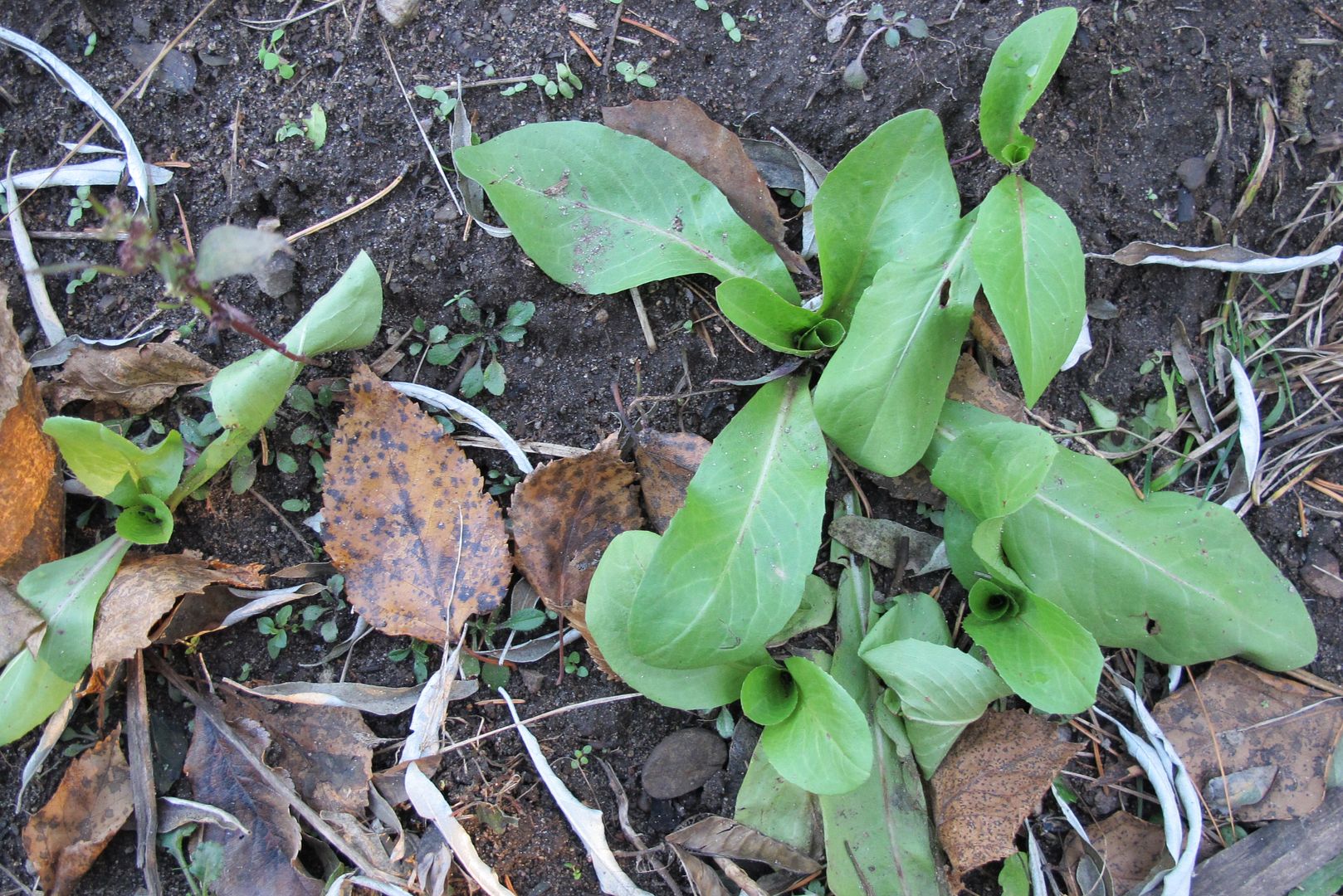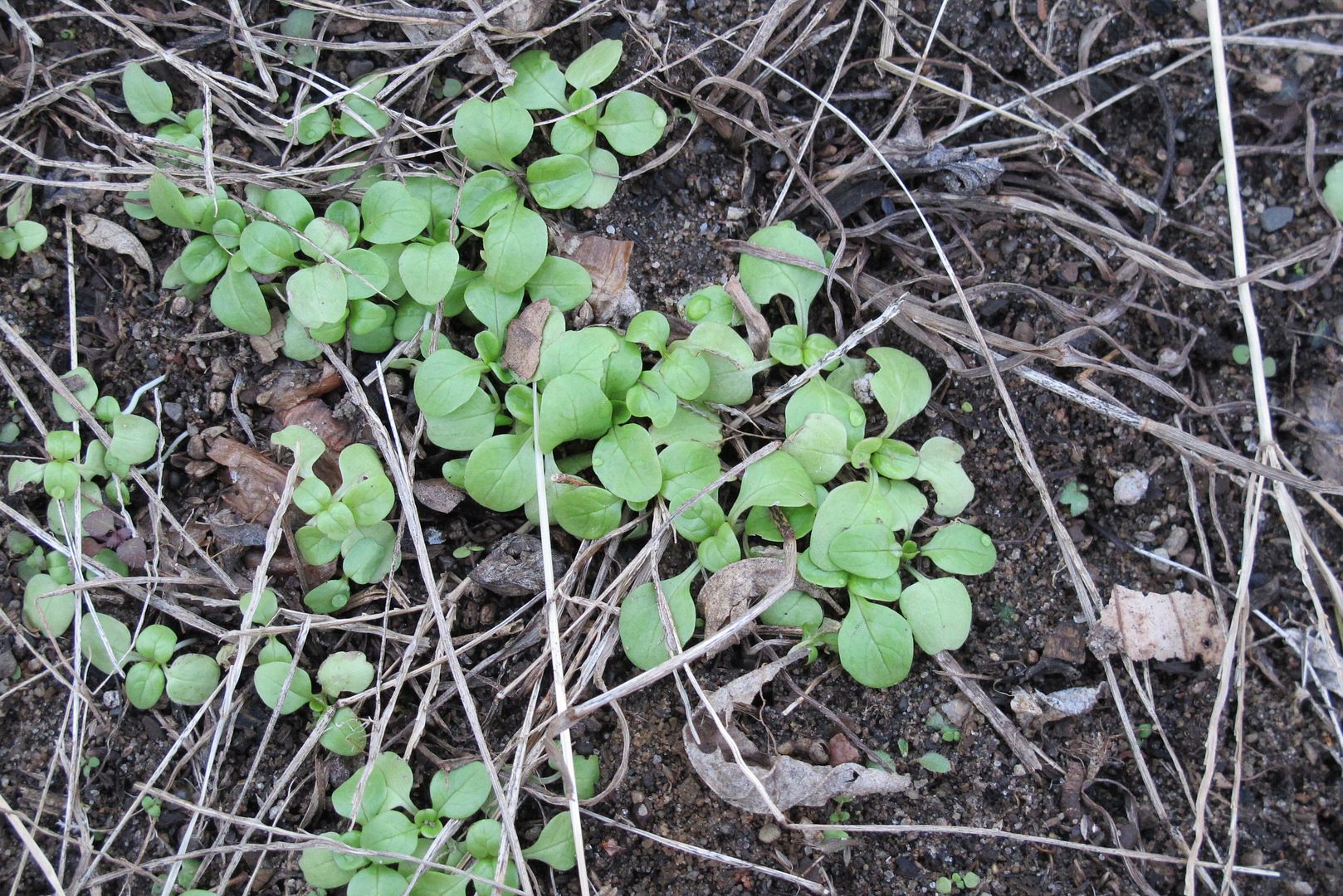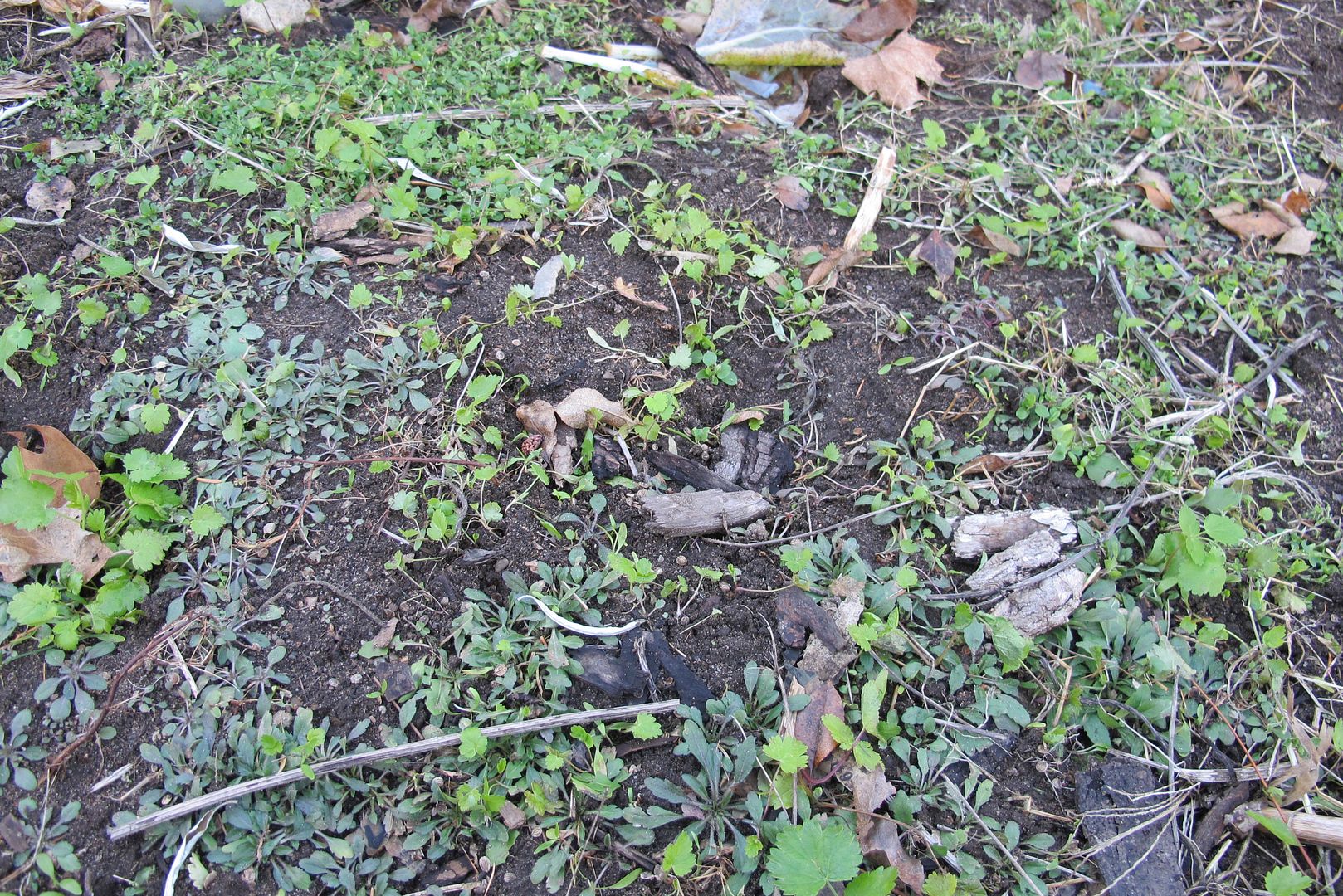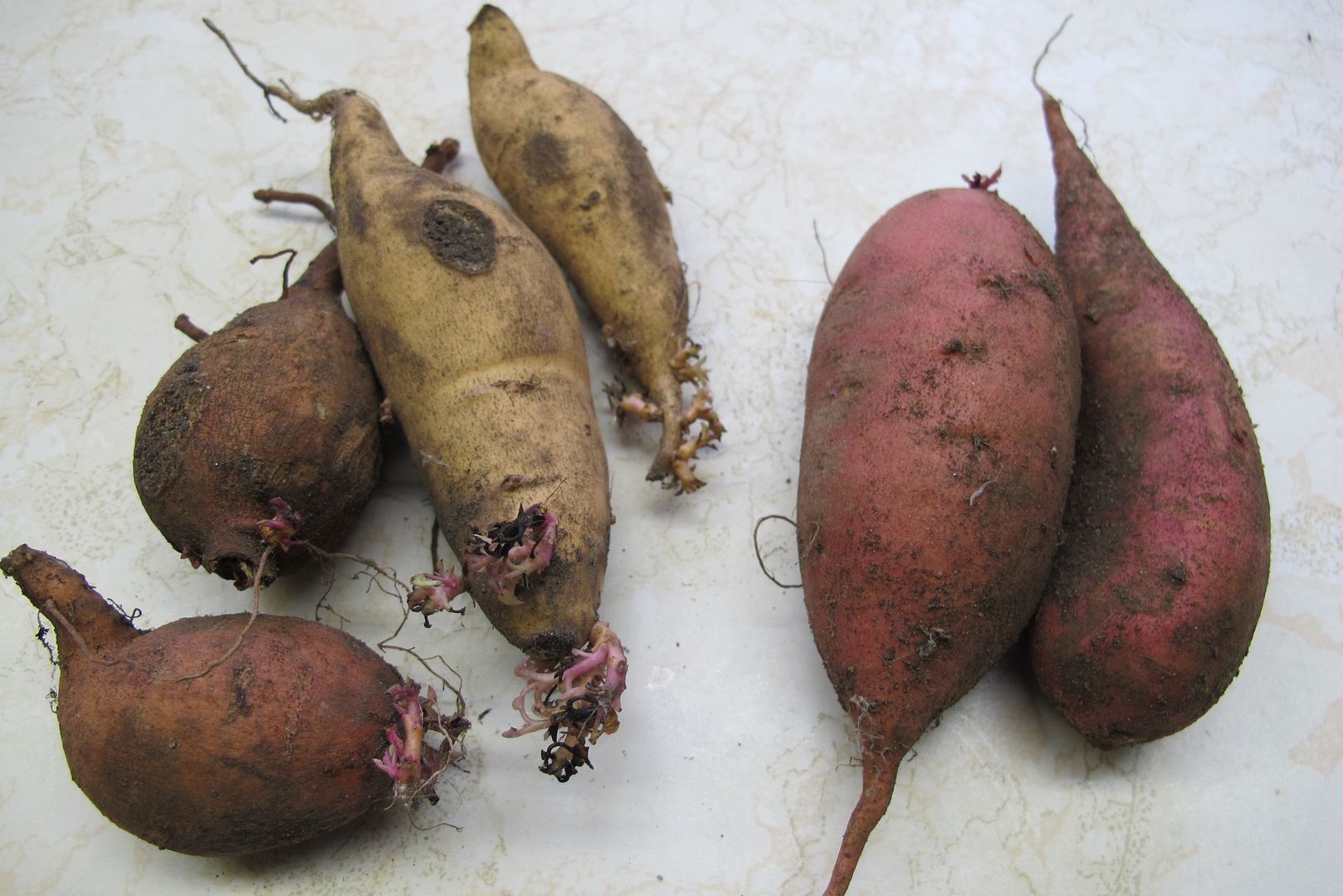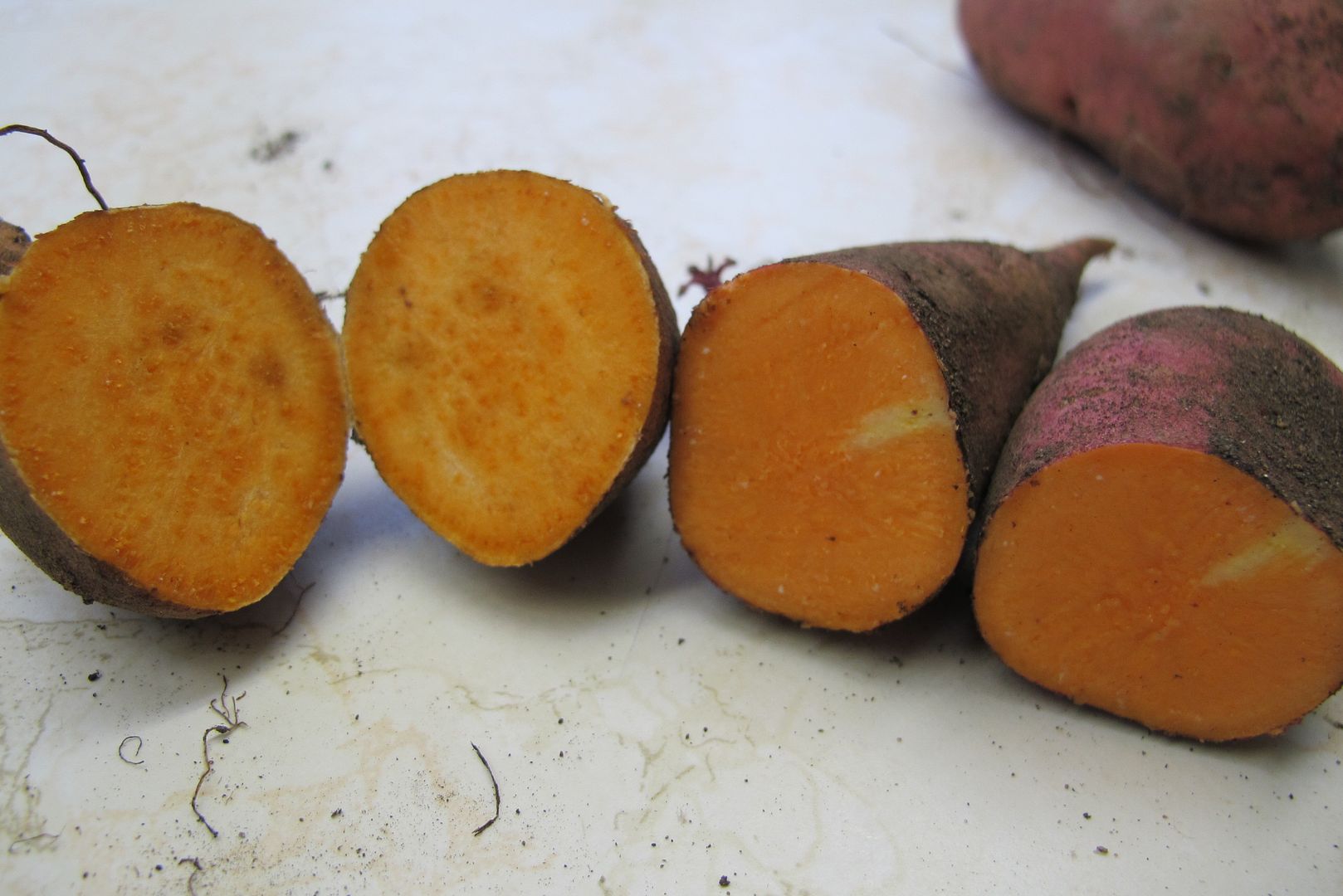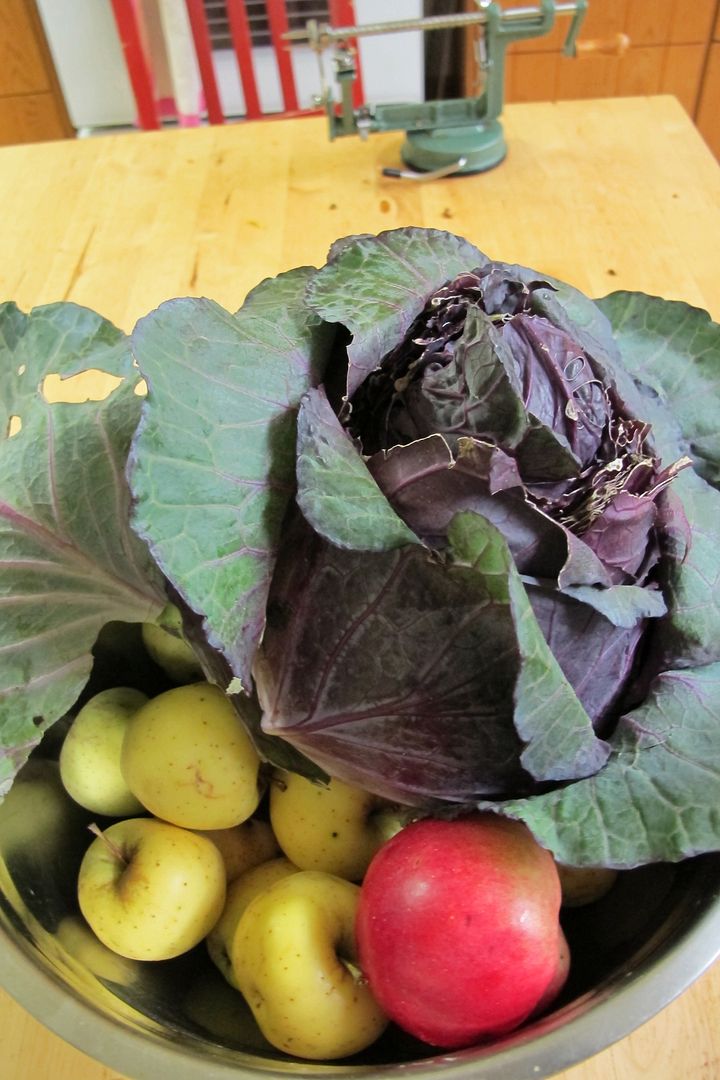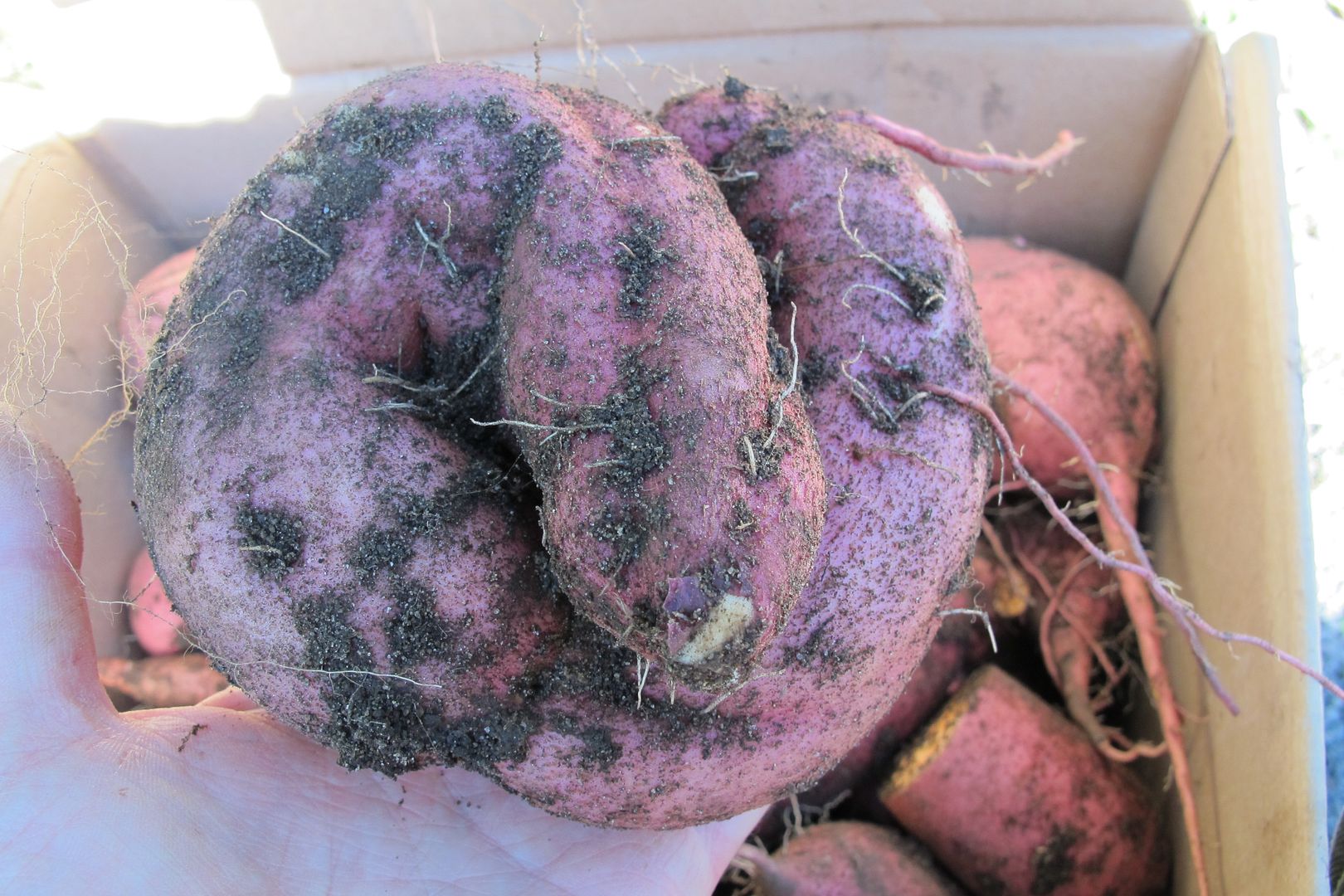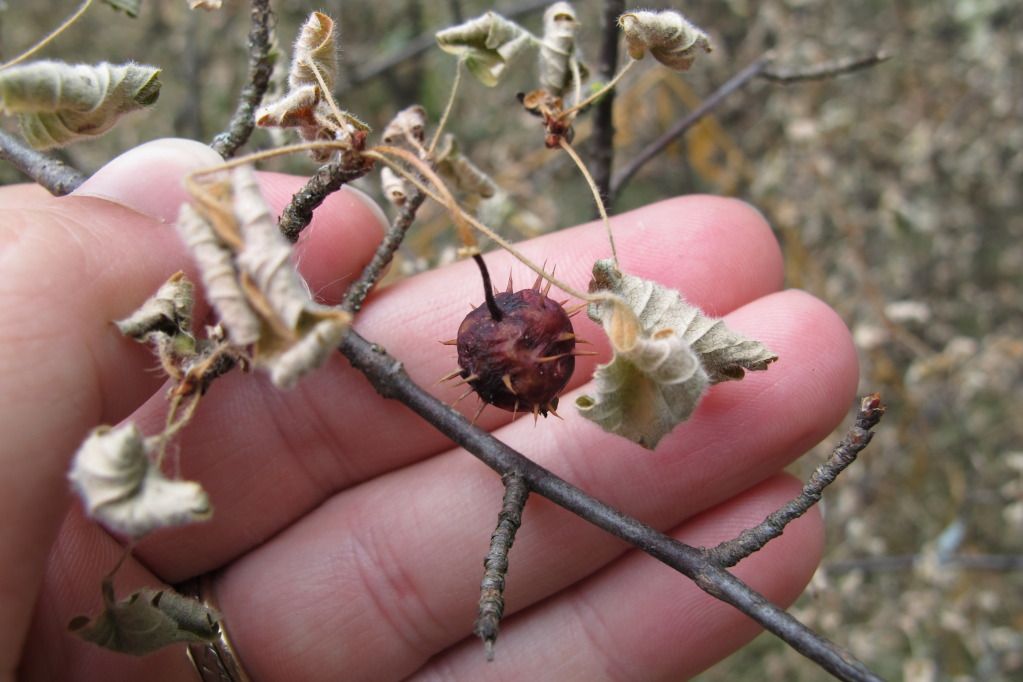 Prickly gooseberry dried on the bush in the woods.
Prickly gooseberry dried on the bush in the woods.
I suppose this is where the city and the rural diverge, at least at the moment as those in the city are being encouraged to water to prevent a fire hazard where many of us in the country can't. Though I know that city folk have been seeing the signs from ponds and creeks turned into mud holes or mud cracks, box store landscaping dead and the great swathes of dead looking grasses and crispy shrubbery.
Some of you may have had rain over the weekend or yesterday which is AWESOME. We were not one of them though the sky teased and taunted us the entire day with heavy, grey clouds and rumbling thunder. Unfortunately, the two week forecast looks dismally pleasant if you were planning a beach holiday someplace with normal tide lines. I wouldn't go camping: forest fires.
In fact, fire is becoming a serious worry of mine when I look at the state of our forest at the top of the hill. I honestly ache for the trees. Thankfully the graceful giants directly around our house are still looking alive.
All that to say, this blog is officially on drought watch until further notice.
What is drought?
Simplest definition? A drought is insufficient water in the water cycle. Need more? Okay. So a lack of precipitation possibly combined with high levels of evaporation and lower than normal surface flows cause insufficiency of soil moisture and the eventual depletion of larger water reserves such as major river systems and groundwater. Doughting-out is a top down process. First you turn of the cloud taps which dries out everything else. Its reversal is also top down. Bring down the rain (or snow/hail/sleet) and soil moisture will return to normal, seeping into groundwater and rivers systems. Hurray!
According to the
Ottawa Gatineau Watershed Atlas, there are three kinds of drought that are interrelated and can follow each other. When precipitation falls below 75% of normal, it is a Hydrological Drought (they don't mention the period of time required). This combined with a lack of surface flow can lead to a lack of moisture in the top one metre of soil - the root zone of crops, i.e., an Agricultural Drought. A Hydrological Drought is when major surface systems and groundwater are aversely effected.
Ontario's Low Water Response further defines this into levels of drought intensity roughly equating to Level 1 - hmmm, this doesn't look good - moving on to Level II - oh, yeah, the writings on the wall - and Level III - help! More officially, when you get to Level III drought, water supply does not meet demand "...resulting in progressively more severe and widespread socioeconomic effects."
At the moment, they use above ground measurements - precipitation and surface water flow to determine if we are in a drought rather than merely looking at crunchy leaves and fish flopping in a few inches of water. According to the above linked 2010 document, they are working on measurements for groundwater.
So, a Level I drought is when the 3 month precipitation or 18 month levels drop below 80% of average. Or if the river flow levels drops below the lowest average summer flow for a month in the spring or below 70% at any other time. "Hmmm... I think we have a problem."
If a further 2-3 week period (depends on demand) of very little rain - less than 7.6mm - follows, you have entered Level II. Alternatively, if the following three months or 18 month period of precipitation remains between 40% and 60% of average or if surface water flow drops between 50% and 70% during spring or between 30% to 50% below lowest average summer levels at any other time of year you have entered Level II. "The writings on the wall."
"Help!" is defined as continued levels below 40% of normal of precipitation or continued surface water flows below the level II percents. Confused yet?
I'll tell you my observations.
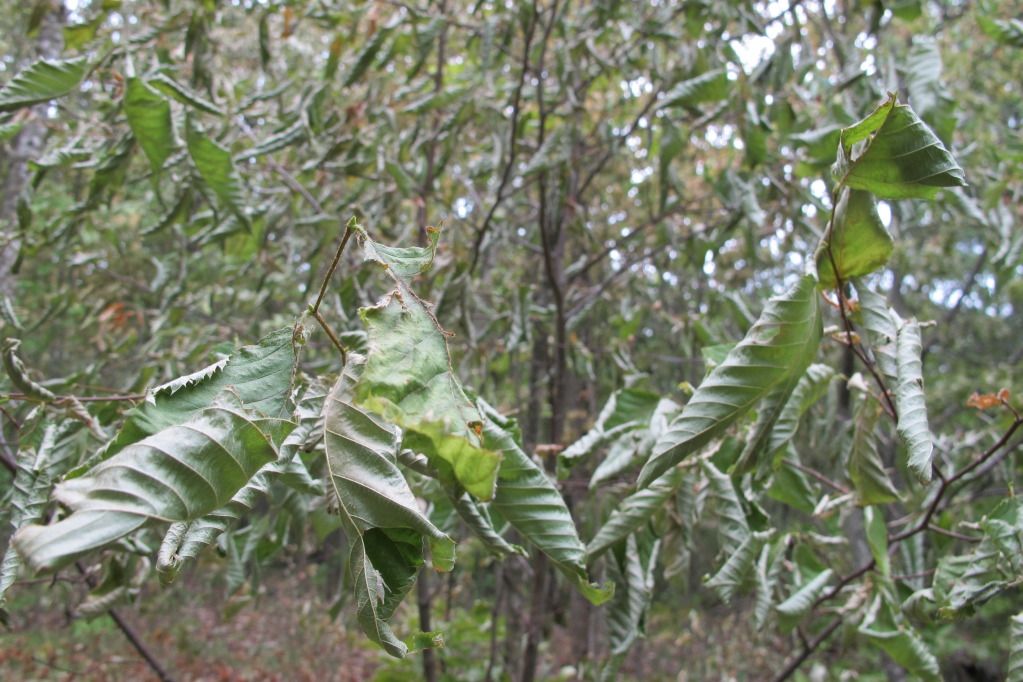 A small tree with leaves curled and dry though still green. Some birches are changing colour early but trees like young maples are just dying. I'm hoping some are just going dormant like the grass.
A small tree with leaves curled and dry though still green. Some birches are changing colour early but trees like young maples are just dying. I'm hoping some are just going dormant like the grass.
Pre-level I: Gee, it's kinda dry this year. We haven't had rain for like 2 weeks. I've had to water to establish seedlings.
Level I: The lower forest isn't muddy at all. Strange. And that grass is playing dead. If I don't water, my peppers are going to curl up their roots and die. No bonfires here.
Level II: O.M.G. If the trees in the rocky outcrops aren't dead, they're doing a good job pretending. Woah, the ground covers - both in the forest and in the garden - are fried. I better just concentrate on saving things in the garden that I can't replace. And keep my nose on smoke alert. Didn't that creek used to have water?
Level III: I'll let you know when I experience it.
Whose experiencing drought?
The trees, the animals, the... okay so here is a map of
Southern Ontario last updated July 12, 2012.



